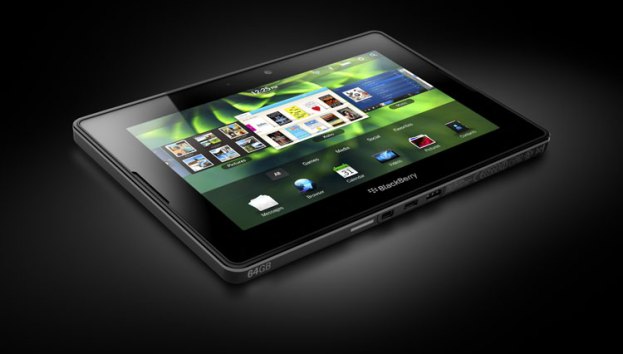
BlackBerry CEO Thorsten Heins has a vendetta against tablets, slamming the devices in a recent interview. According to Heins, slates lack any long-term potential and make for a bad business model.
The PlayBook was – to put it bluntly – a failed launch by BlackBerry. Whether Heins comments stem from that failure or not, it seems we can count out a PlayBook 2 in the company’s future. “In five years I don’t think there’ll be a reason to have a tablet anymore,” Heins said. This prediction is in stark opposition to his generous sales forecast for the Q10, saying he expected it will sell “tens of millions of units,” Bloomberg reports. Tablets may be dead, but Heins still firmly believes in QWERTY devices.
However, just because Heins isn’t looking to expand further into tablet territory, that doesn’t mean he doesn’t have a strong vision for BlackBerry’s future. “In five years, I see BlackBerry to be the absolute leader in mobile computing – that’s what we’re aiming for,” Heins said at the Milken Institute conference in Los Angeles. “I want to gain as much market share as I can, but not by being a copycat.”
The company’s track record in the tablet sector explains Heins’ sentiments toward them, but it seems a strange statement in a world dominated by iPads and Android tablets. “Maybe [you’ll have] a big screen in your workspace, but not a tablet as such,” he continued. “Tablets themselves are not a good business model.”
From where he’s standing, it may seem entirely logical. The PlayBook was released as a smaller (7-inch) competitor to the iPad, but its limited app selection left consumers scratching their heads. By the time BlackBerry realized its mistake and issued a software update, consumers had moved on and the PlayBook was relegated to price cuts and fire sales to clear out inventory. Based on the PlayBook’s flop and Heins’ feelings, it’s pretty safe to assume there won’t be a successor anytime soon.


